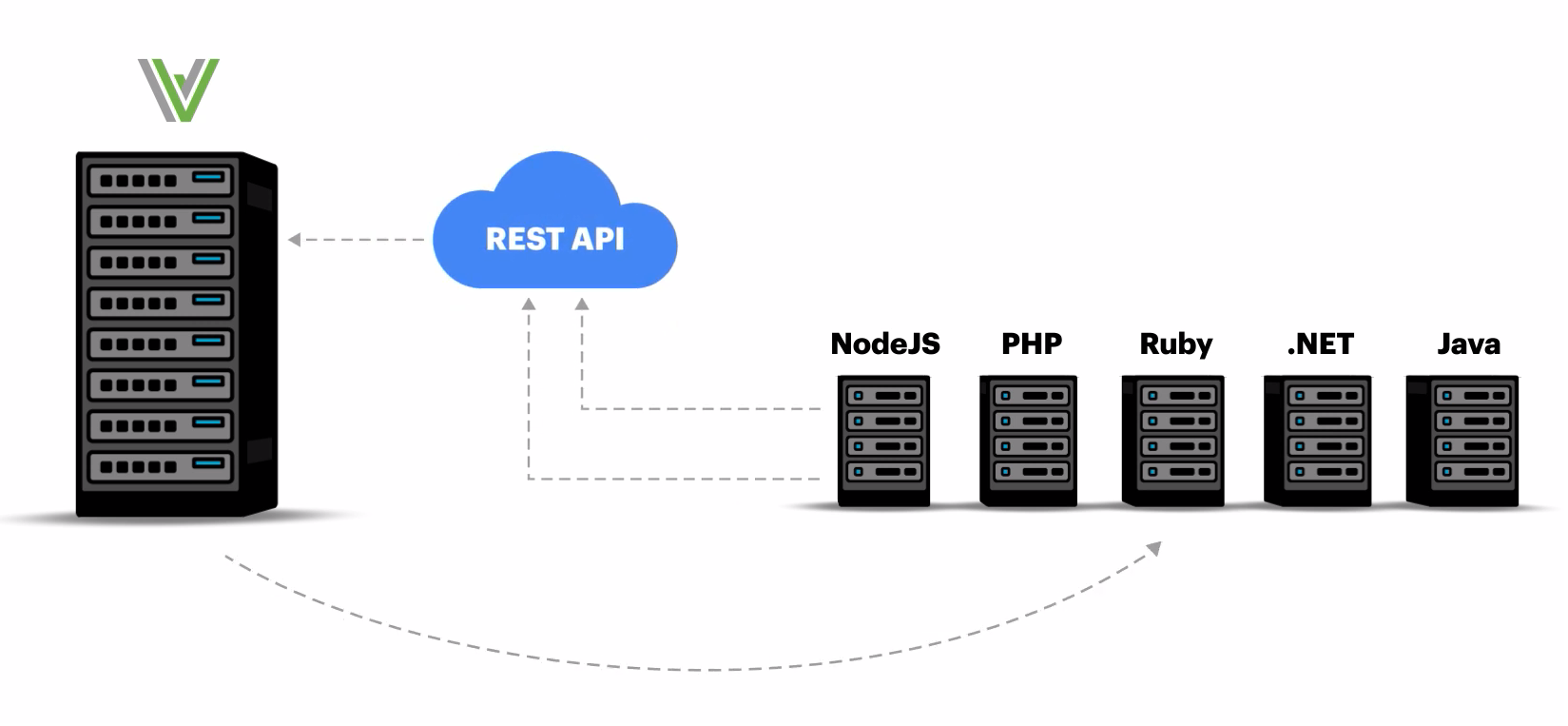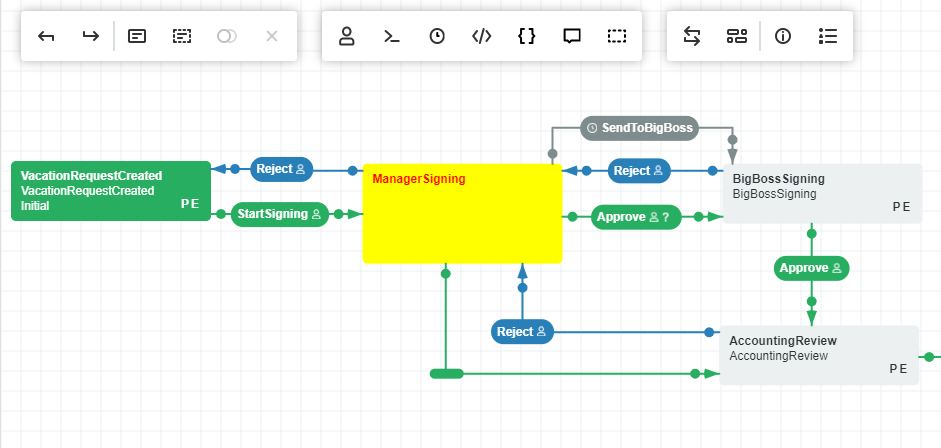Blog
How to choose the right embedded workflow automation tool?

Using the course payment process as an illustration, this post will compare Workflow Engine with Camunda 7, as a solution.
Workflow Server Overview

In this article is being provided a compilation regarding Workflow Server main functionalities.
Workflow Automation Explained

Workflow automation is aimed at optimizing business processes by replacing manual operations with automated task execution. This can be done either by engaging a team of IT specialists or adopting a low-code automation solution with drag & drop functionality and user-friendly UI.
How to Speed Up Your Development By 60% With Low Code

Today, companies can no longer afford to spend months on developing software: the speed of product delivery has become one of the crucial factors of business strategies. According to recent research by Forrester, 50% of organizations say that the main reason they use the low-code approach is because it has the fastest speed of delivery as compared to other methodologies.
New Release of the Workflow Server 3.0! Take a look!

We are really excited to announce that we just made a new release of our Workflow Server 3.0.
A new Low Code Platform!

We’ve launched the Low Code platform, a set of low-code workflow automation tools for .NET developers. These solutions work perfectly well for managing and automating processes in multiple industries, including technology, finance, education, energy, healthcare, etc.
What to Look for When Choosing Business Process Management Software

The business process management (BPM) global market value was estimated at 8.8 billion U.S. dollars in 2020. It’s expected to reach 14.4 billion U.S. dollars by 2025. There are multiple reasons for this.
OptimaJet VS Nintex: Pros and Cons

Business rules management systems (BRMS) are commonly used for developing, storing, editing, and executing business rules. Business rules define the behavior and logic of business processes that take place in corporate applications and systems and can include requirements, policies, and conditional statements.
Choosing a Business Rules Management Tool: Six Practical Tips

Business rules management systems (BRMS) are commonly used for developing, storing, editing, and executing business rules. Business rules define the behavior and logic of business processes that take place in corporate applications and systems and can include requirements, policies, and conditional statements.
How to Implement BPM in Your Company?

Proper BPM implementation might take a lot of time and effort, but there’s little sense in trying to rush it since it will only lead to poor adoption and inefficiency. We will share some tips on how to build a robust BPM system for your business.
Workflow features in different industries

In OptimaJet we are often approached by representatives of various corporations, asking us how our products can help them improve their businesses. We’ve finally decided to compile an article which will describe use of WorkflowEngine and WorkflowServer in different industrial fields.
WorkflowServer: Integration

This article describes main principles and methods of integrating WorkflowDesigner out of WorkflowServer into an html-page, React or Angular application.
Workflow Designer: Customization

How customize a workflow designer for your project. Starting from version 4.0 we have added an option which allows you to change standard elements of the designer.
Workflow Designer: Integration

In this article, we shed light on how to integrate Designer in an Angular-based ASP.NET Boilerplate, a general purpose application framework which uses both Bootstrap and Mechanical.
Workflow Performance

In this article, we share the results of the performance tests of Workflow Engine and Workflow Server under Windows and Linux.
Workflow Solutions

In this article, we describe the structure of our company’s products. Together, they cover 100% workflow cases.
Workflow Engine & Workflow Server Code Quality

High-quality code and software do not happen by accident—they are a result of passion, consistency and strong developer focus. Learn how we care about the code quality when it comes to delivering you software components that become the core solution you develop.
Workflow Server Goes OpenAPI

Last year marked the official release of OpenAPI 3.0, the latest version of the OpenAPI Specification created by the Open API Initiative (OAI). What's in it for Workflow Server and you?
Workflow Server—a microservice architecture component

Our clients asked us many times how to quickly integrate Workflow Engine into their architecture. Now we have a special product for such scenarios—Workflow Server.
Case Study: Workflow Engine for BPM Software

This case study reveals how DWKit utilized Workflow Engine in its business process management solution.
Case Study: Workflow Engine for EHS Management Software

This case study reveals how ProcessMAP, a leading EHS software vendor, utilized Workflow Engine in its solution.
Case Study: Workflow Engine for Regulatory Management

This case study reveals how Innovum Technologies, a US regulatory management company, benefited from Workflow Engine.
Parallel Approval without Branches

This article explains how to set up parallel approval without using branches, passing parameters to code actions.
Parallel Branches. Continued

This article explains how to define, use and control parallel branches that come with Workflow Engine since version 1.5.
Java Workflow Engines Comparison

There are quite a lot of open source solutions that are geared towards workflow process automation. The question is how to choose the right one.
Parallel Approval in Workflow Engine

Sometimes you need to send the document for approval to several people in one go, and these people should approve it in parallel. What will you do?
Workflow Engine vs. State Machine

The article analyzes the pros and cons of workflow engines and state machines to help you decide which suits your needs better.
Why Developers Never Use State Machines

At first sight, state machines seem to be an easy tool for developers. Nonetheless, developers soon start to regret using them. Read to find out why.
Does It Make Sense to Build Your Own Workflow Engine

When you decide to introduce a workflow engine into your IT infrastructure the main question you'll probably have is whether you should build one.
Why Use a Workflow Engine

Do I need a workflow engine, when do I use it and what the fuzz is all about? Read our opinion on the subject to make it clear.
Windows Workflow Foundation Alternative

Are there any windows workflow foundation alternatives and is windows workflow foundation dead? The answer to both questions is yes. Read to find out why.